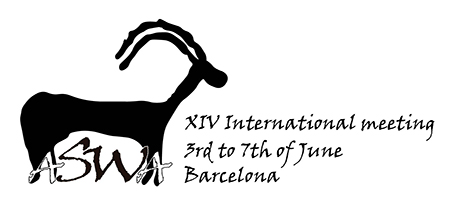In Arabia, at the beginning of the Holocene, groups of hunters-fishers-collectors settled along the coasts to access a wide range of complementary resources. Exploitation of marine environments played a major role in the socio-economic systems of these populations and influenced their diet (malacological and ichthyofaunal food remains) and their technological culture (hooks, beads).
This presentation focus on the marine malacological material from the neolithic site of Ra's al-Hamra 6 (RH-6).This is the first detailed study carried out on the Gulf of Oman, as previous malacological studies focused on the Arabian Sea. The RH-6 site is located in the heart of the Qurum mangrove, linked to the estuary, flowing into the Sea of Oman at the foot of a rocky promontory. The inhabitants thus had access to varied environments nearby for food and raw material procurement.
The results of the malacological study of trench Test-Z show that the marine shells discovered are mainly culinary waste. At least four species were consumed showing that Neolithic communities used diverse resources. This is confirmed by the exploitation and consumption of many fish and at least one crab species.
Culinary practices of the occupants of RH-6 could also be observed. The first examined marker is the fracturing of the two gastropods consumed, Terebralia palustris and Strombus, probably to recover the flesh of the mollusc, generating specific and standardized types of breaks. Experiments on Terebralia appear to confirm this hypothesis. Other markers of shellfish preparation include the opening marks and scratches. Another important result comes from the traces of heating visible mostly on consumed species. It is currently not easy to ascertain the exact contribution of shellfish to the diet, particularly when just a small part of a site has been studied. However, considering the quantity of shellfish at RH-6, this resource seems to have played a significant role in the subsistence.
Marine shells were also used as raw materials for manufacturing objects (beads and hooks). The taxa used for making decorative elements seem to be different to those collected for food purposes. The communities thus dissociated shell species used for corporal ornamentation from those that were consumed. Manufacturing waste from decorative elements, beads and hooks in Isognomon shell were also discovered.
The different uses of marine invertebrates in the diet and artisanal activities, and probably in funerary practices, emphasizes the implication of these marine animals in many domains of life in Arabian neolithic coastal communities.

 PDF version
PDF version
